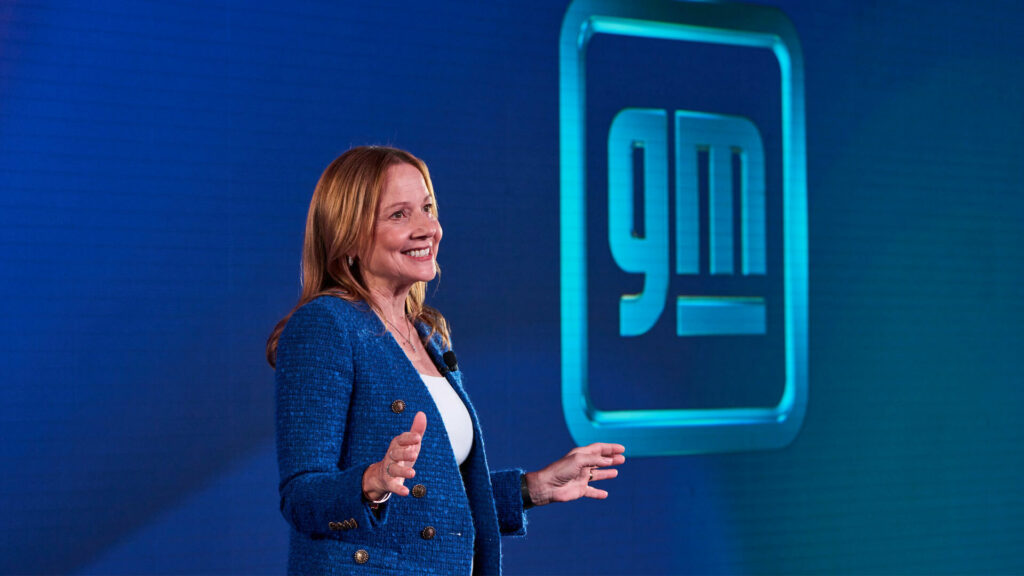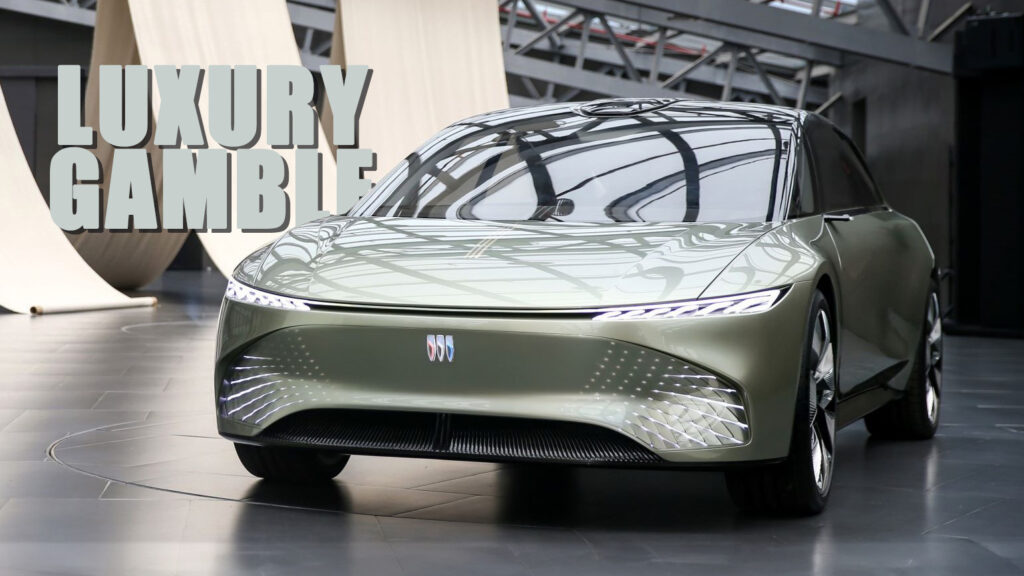GM is considering a strategic shift in China, pivoting its focus from mainstream vehicles to more premium offerings in a bid to reinvigorate sales in the region.
Not too long ago, the American automotive giant stood as a dominant force in China’s industry. Its local sales reached a peak of 4 million units in 2017, capturing a substantial 14% share of the market. For over a decade, China served as GM’s largest market. However, recent years have seen a significant decline in its fortunes. By 2023, annual earnings dwindled from a robust $2 billion to a mere $446 million, coinciding with a drop in sales to 2.1 million vehicles.
Addressing attendees at a conference hosted by Wolfe Research, GM’s chief executive Mary Barra emphasized that the company is exploring all options to reverse this downward trend in the market.
Read: GM’s Sales In China Have Almost Halved Since 2017

“When you look at the Chinese market, it’s very different than it was five years ago,” Barra said. “It’s a market that we want to play in appropriately, and I think it’s more at the premium and the high end.”
The introduction of new electric vehicles could hold significant importance for the American conglomerate, which oversees multiple brands in China, including Chevrolet, Buick, Cadillac, Wuling, and Baojun. According to forecasters, plug-in vehicles will make up 38% of all new cars sold in China this year.
Buick has recently debuted the Electra E4 and Electra E5 in the local market, with plans to unveil the Velite 6 in the near future. In addition, Cadillac has begun offering the Lyriq in China and is set to introduce both the Optiq and Vistiq later this year.
“Chevy and Buick no longer mean much to the Chinese consumer,” former president of GM Indonesia Micheal Dunne, told Auto News. “Cadillac is the last line of defense. For GM in China, it’s up or out.”
The vice president of Global Cadillac, John Roth, says that things are looking positive, noting that the brand’s sales have started growing in China this year.
“China needs to do well. We’ve got great plans,” he said. “I see no reason why we won’t see year-over-year growth.”




